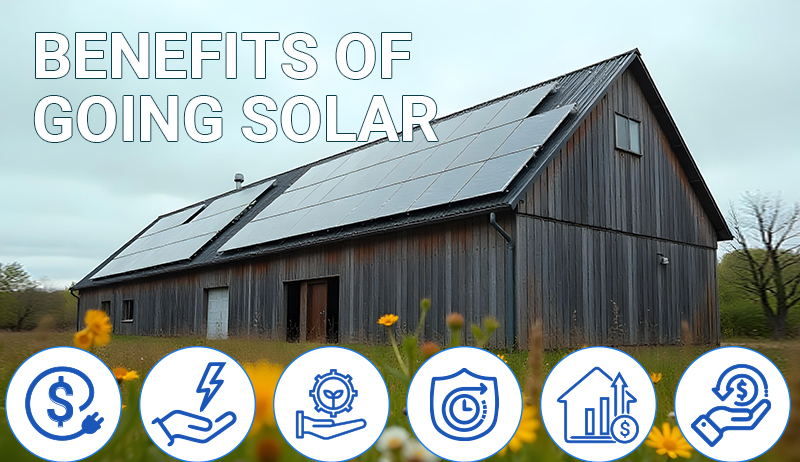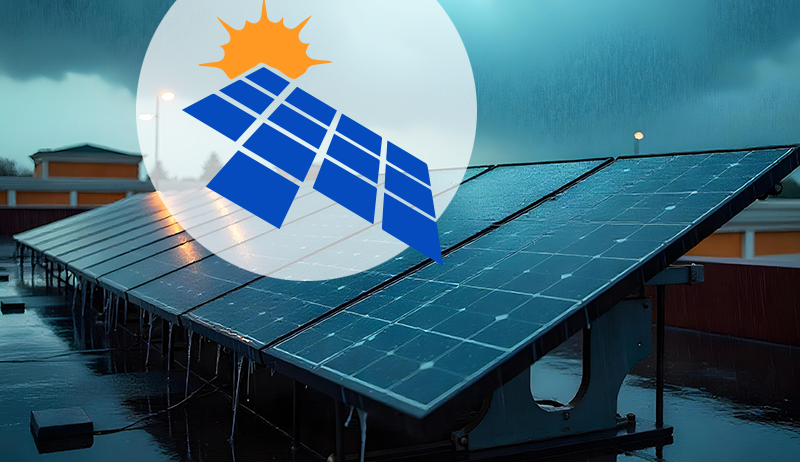The future of solar energy in South Carolina is glowing with potential, as highlighted in The Economic Impact of the Solar Industry in South Carolina. This report, prepared by Dr. Joseph C. Von Nessen of the University of South Carolina, offers a compelling look at how the state’s solar industry is poised to deliver profound economic benefits while helping meet rising energy demands.
By 2035, the solar sector is projected to quadruple its current annual economic impact, injecting up to $19 billion into the state’s economy over the next decade. This growth in the solar sector will create more than 3,000 jobs and stimulate South Carolina’s economy while utilizing a maximum of 1.4 percent of agricultural land, allowing the state to position itself as a leader in solar development.
The Palmetto State has every reason to embrace a bright, sustainable energy future, but a lot has to happen for South Carolina to take advantage of this potential.
Is South Carolina ready for solar growth?
Legislative and utility program opportunities exist. Is the workforce ready? What about other land options besides agricultural land?
Legislation and Utility Programs
House legislation has been pre-filed to help move things forward. It is now up to legislators to ensure that renewables legislation will continue accelerating solar generation in South Carolina.
In addition to legislation, utility programs can be an opportunity or a roadblock for solar growth. Programs such as Duke Energy’s PowerPair, being piloted in North Carolina, can boost the opportunity to generate electricity from solar. Residents, public entities, businesses, and industry would all benefit from this opportunity. These programs need to be opened up to provide this opportunity to make these entities resilient.
Workforce
With this growth comes a need for more people in the solar industry to install, sell, and fulfill management and administrative roles at solar companies. Is South Carolina ready? Are the technical colleges and universities providing solar workforce training? Are high schools educating on renewable energy? There are great programs at Coastal Carolina University, Lexington Richland 5, and Richland School District Two; and new programs like the one by Solar United National are also paving the way for the solar workforce. The South Carolina Energy Office is a great resource for energy workforce training.
Let’s learn from these programs, expand education, and grow the solar workforce so South Carolina is ready for the demand.
It’s not just agricultural land
This new report acknowledges that 1.4% of agricultural land is a conservative estimate, which is correct. In addition to agricultural land, solar can also be installed on the roofs of homes, multifamily buildings, communities, churches, commercial buildings, land adjacent to churches, warehouses/distribution centers, roofs of industrial facilities, land adjacent to industrial facilities, military bases, healthcare facilities, etc.

South Carolina’s future is so bright we have to wear shades. Let’s harness this sun to generate electricity and usher in a bright future for the next generation.
The post South Carolina’s Solar Future is Bright appeared first on SACE | Southern Alliance for Clean Energy.
Renewable Energy
Trump’s Agenda Is Even Far-Reaching Than People May Think
 As Trump’s former lawyer Ty Cobb says at left, in addition to turning the United Stated into an autocratic regime, at the same time, Trump needs to alter history such that future generations don’t think he did anything wrong.
As Trump’s former lawyer Ty Cobb says at left, in addition to turning the United Stated into an autocratic regime, at the same time, Trump needs to alter history such that future generations don’t think he did anything wrong.
Yes, he has his hands full, but he’s assisted by hundreds of traitors in congress, and hundreds of millions of hateful morons in the U.S. electorate.
Renewable Energy
Victoria’s VEU Scheme Introduces New Solar Incentives for C&I Properties
Renewable Energy
Does Evil “Destroy Itself?”
What Aristotle said here is interesting, especially since there has been so must of both evil and good through the millennia. The days since Aristotle have been marked by the Golden Age of Rome (Pax Romana), the Dark Ages, the Spanish Inquisition, the Rennaissance, the Enlightenment, the end of slavery, the slaughter of the Native Americans, the post-Emancipation oppression of Black Americans, the Holocaust, and so many more major historical events.
It seems we’re just about to see what happens to the evil represented by Trump’s second term in office. It seems that the United States has re-elected a man to the highest position on Earth whose only interests are punishing his enemies, enriching himself from public office, further consolidating his power, and keeping himself out of prison.
Will this evil destroy itself?
Again, we’ll have to wait and see.
-
Climate Change2 years ago
Spanish-language misinformation on renewable energy spreads online, report shows
-
Climate Change Videos2 years ago
The toxic gas flares fuelling Nigeria’s climate change – BBC News
-
Climate Change2 months ago
Guest post: Why China is still building new coal – and when it might stop
-

 Greenhouse Gases1 year ago
Greenhouse Gases1 year ago嘉宾来稿:满足中国增长的用电需求 光伏加储能“比新建煤电更实惠”
-

 Climate Change1 year ago
Climate Change1 year ago嘉宾来稿:满足中国增长的用电需求 光伏加储能“比新建煤电更实惠”
-
Greenhouse Gases2 months ago
Guest post: Why China is still building new coal – and when it might stop
-

 Carbon Footprint1 year ago
Carbon Footprint1 year agoUS SEC’s Climate Disclosure Rules Spur Renewed Interest in Carbon Credits
-
Renewable Energy3 months ago
US Grid Strain, Possible Allete Sale







